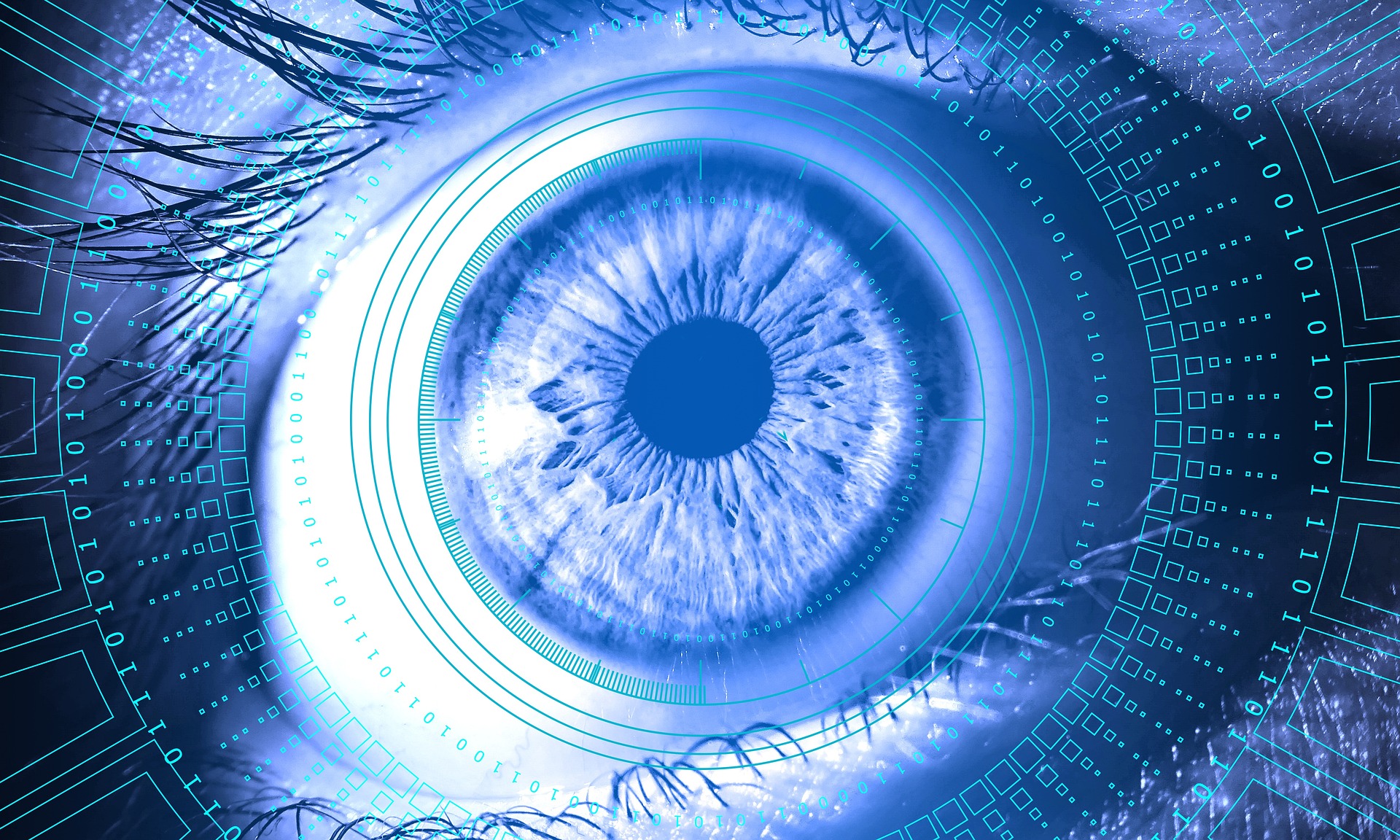Working with Cybertrauma in Therapy
-
-
Catherine Knibbs
How can we move beyond training deficits and natural overwhelm to get to grips with cybertrauma? In the second of a pair of blog pieces on this frequently overlooked or avoided topic, psychotherapist and technology specialist Catherine Knibbs shares tips for working with trauma that has occurred while using technology – including key knowledge, helpful signposts, and what to consider when creating a safe space.

‘Overwhelmed’ is the word I often hear from counsellors and therapists, as well as parents and teachers, after they start to learn about cybertrauma. This may be one of the reasons why this issue has been overlooked or avoided for so long, and is missing from the training pathways in our profession.
But it is not just our profession. Use the words ‘cyber’, ‘e-safety’, ‘online’, ‘technology’ and ‘training’ in one sentence and you have the recipe for ostrich syndrome, from school children to cybersecurity professionals – and often including the MOD and Government. There is frequently a view that computers need to be ‘left to the IT guys’.
I was an IT guy for many years of my career, and so this digital space is my ‘native’ landscape. In this second piece I want to offer some guidance as to how we can start to work with a type for trauma that – as we discussed in my first piece, What is Cybertrauma? – is potentially limitless.
I want to start by saying that we can of course use our knowledge of interventions that work with and for all kinds of trauma, from sensory-based techniques and tools to creative approaches. We can listen and validate – and we can do this without needing to see the screengrabs.
‘Safe space’ may mean a corporeal space
Creating a safe space to work with cybertrauma often means meeting in a real room where possible, and one that cannot be infiltrated by anything digital.
Technology can be a trigger. Many of my clients have expressed how the corporeal room, the lack of digital ‘things’, even the touch of the sofa, can be helpful – it becomes possible to work through what happened ‘out there’ or ‘on there’ because they are ‘in here’ with me.
Technology can also be a real threat. There is an ethical aspect to consider if we are asking our clients to recall their issues using devices that can record, listen in and learn. For example, this might include voice-activated devices like Alexa and Siri, many US-based video conferencing platforms, or other tabs open on the web.
When technology can help clients heal
But there are also many ways to use technology to facilitate healing from cybertrauma.
Here, knowing the story of the trauma, including the space and place in which it occurred, can help us in ethically deciding what to use and how. What I use, and when, will also depend on the age of the client, and my knowledge of worldwide privacy/data protection laws – because understanding digital data is key here. In my room, I use Heart Rate Variability software, VR and Gaming.
We can also guide clients to use approved and reviewed apps. Off-the-cuff recommendations in online counsellor groups can – and I find this happens a lot – lead to clients being exposed to further traumas.
Improving our legal knowledge
As therapists and counsellors, we don’t have to be IT experts. But having knowledge about data protection – including what data can be shared, uploaded, downloaded, doctored and deleted, and where, when and with whom – can arm us with the psychoeducation to hold and contain, reflect and assist our clients in their healing journey.
One good place to start, if we work with young people, might be knowing about websites where children can apply to get their images removed from online platforms. We can guide our clients to services that can assist them such as INHOPE and IWF for removing images of child sexual abuse and the RP helpline to remove revenge porn (18+ only).
And, when the Online Safety Bill comes into fruition, we will finally have some legislation to allow our clients retribution and action over the cybertrauma they have encountered.